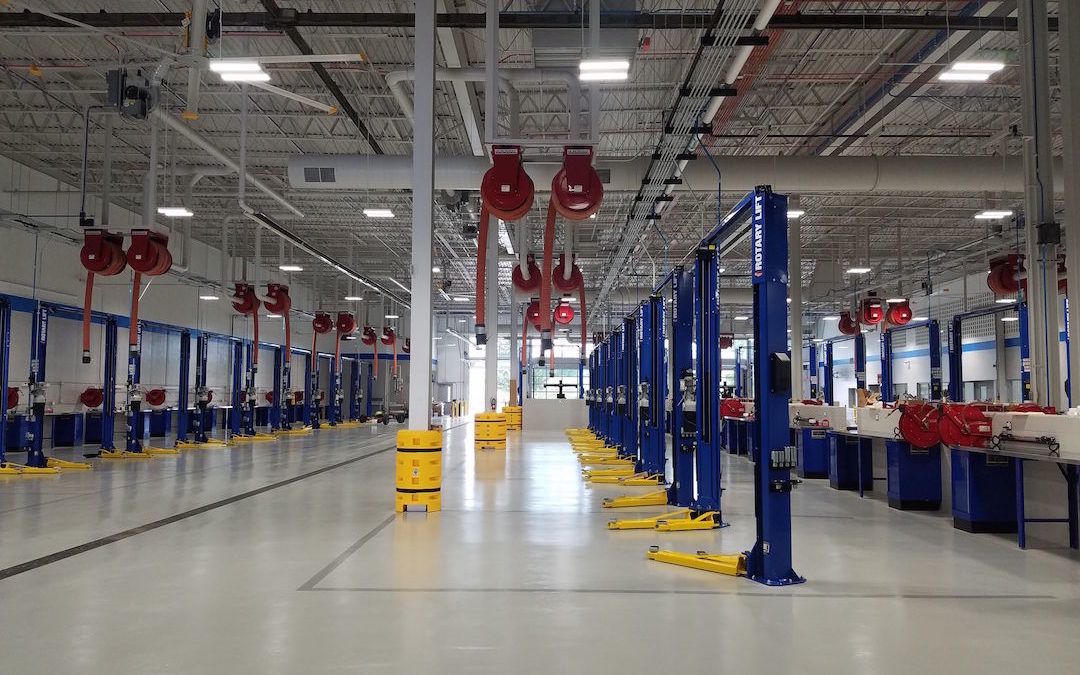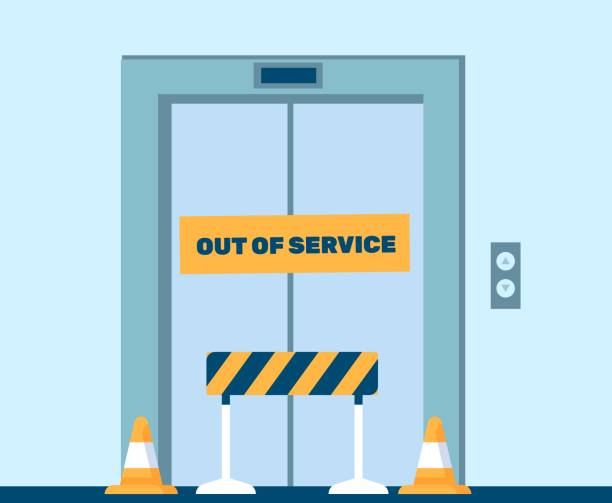Discover Specialist Lift Maintenance Services: Ideal Lift Repair Companies Near Me
Wiki Article
Comprehensive Guide to Elevator Solutions and Their Upkeep
Browsing the complex globe of lift systems and their maintenance is a task that requires accuracy and knowledge. From the various types of elevator systems being used to the meticulous adherence to safety and security regulations, the upkeep of these vertical transportation tools is a multifaceted endeavor. As structures skyrocket higher and innovation developments, the demand for a thorough understanding of lift systems becomes increasingly important. Join us as we unravel the intricacies of elevator maintenance, exploring usual problems, best practices, and cutting-edge modern technologies that form the modern landscape of vertical transport.Kinds Of Lift Systems
The most typical kinds include hydraulic lifts, grip elevators, machine-room-less lifts, and vacuum cleaner lifts. Hydraulic elevators are suitable for low-rise structures and use a hydraulic piston to relocate the lift car. Machine-room-less elevators are a space-saving option as they do not require a different equipment area for the lift equipment.Each sort of elevator system has its own advantages and negative aspects, making it essential for structure proprietors and programmers to very carefully consider their specific demands prior to choosing one of the most appropriate option. Aspects such as building height, area accessibility, energy efficiency, and budget restraints all play a substantial duty in figuring out the finest elevator system for a particular structure.
Typical Maintenance Concerns
Routine maintenance of elevator systems is crucial to ensure smooth operation and prolong their lifespan. Despite regular upkeep, elevator systems can still encounter common maintenance concerns that require to be without delay resolved to protect against disturbances in solution. Normal examinations and aggressive upkeep can aid determine and fix these typical maintenance issues before they escalate and influence the total performance of the elevator system.
Safety And Security Regulations and Conformity
Abiding by stringent safety laws and making certain conformity with market criteria are paramount for maintaining the functional stability of elevator systems. Lifts undergo a detailed set of safety laws to secure passengers, upkeep workers, and the general public. Governing bodies such as the Occupational Safety And Security and Wellness Administration (OSHA) in the USA and the European Lift Organization (ELA) in Europe establish standards that cover various facets of elevator layout, operation, upkeep, and installation.Conformity with these guidelines is not just a lawful requirement however also a moral commitment for building proprietors and elevator maintenance firms. Failure to satisfy safety requirements can cause fines, legal liabilities, and, most significantly, threaten the safety of people making use of the elevator. Routine inspections, maintenance checks, and adherence to safety and security protocols detailed in the laws are necessary to make certain the safe and effective operation of elevator systems. By focusing on safety and security regulations and conformity, stakeholders can maintain the depend on of the public and alleviate potential dangers associated with lift use.
Best Practices for Upkeep

Another important best practice is to quickly address any uncommon noises or reported issues to stop further damages. Applying a positive technique to maintenance can save time and money in the lengthy run by staying clear of you could check here pricey repair services or substitutes. Building owners should additionally think about investing in modernization upgrades to boost the effectiveness and security of their elevator systems. By complying with these finest methods, lift systems can run efficiently and securely, providing trusted vertical transport for owners.

Advanced Technologies for Efficiency
Executing sophisticated innovations in lift systems can dramatically improve operational efficiency and guest experience. These systems enable passengers to input their wanted flooring before getting in the elevator, which then guides them to the most effective vehicle.In addition, the combination of smart sensing units and predictive upkeep abilities has actually reinvented elevator maintenance. These sensors can detect prospective issues prior to they escalate, making it possible for positive upkeep treatments and minimizing downtime. Additionally, making use of energy-efficient elements and regenerative drives helps in reducing power usage and operating costs in lift systems.
Furthermore, the application of cloud-based monitoring and remote diagnostics permits real-time monitoring of elevator efficiency and prompt troubleshooting of any type of breakdowns. This proactive strategy not just improves system integrity however additionally improves the total customer experience by making sure smooth and uninterrupted lift procedures.
Final Thought
To conclude, understanding the different kinds of lift systems, usual maintenance concerns, security guidelines, ideal upkeep practices, and advanced modern technologies for performance is vital for ensuring the smooth operation of elevators. By sticking to safety laws and implementing best practices for upkeep, building owners can lengthen the lifespan of their elevator systems and make sure the safety and security of guests. It is necessary to remain updated on the most current innovations in lift modern technology to boost performance and integrity.The most usual kinds consist of hydraulic lifts, grip lifts, machine-room-less lifts, and vacuum elevators. Hydraulic elevators are excellent for low-rise structures and make use of a hydraulic piston to relocate the elevator cars and truck. Machine-room-less lifts are a space-saving choice as they do not need a separate machine room for the elevator machinery. Normal evaluations and proactive maintenance can aid recognize and solve these typical maintenance issues prior to they rise and impact the overall efficiency of the lift system.

Report this wiki page